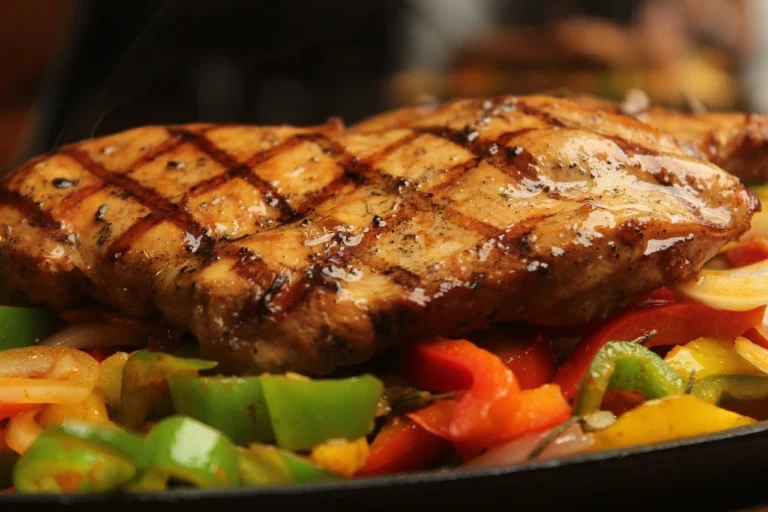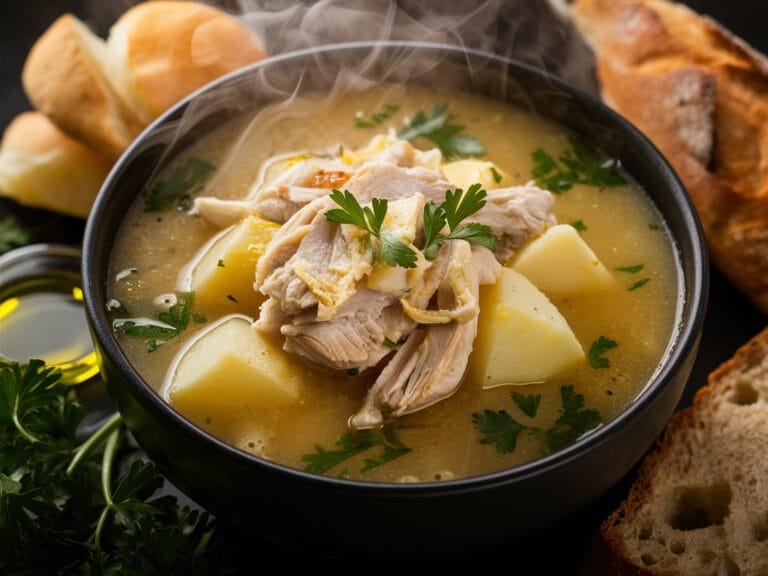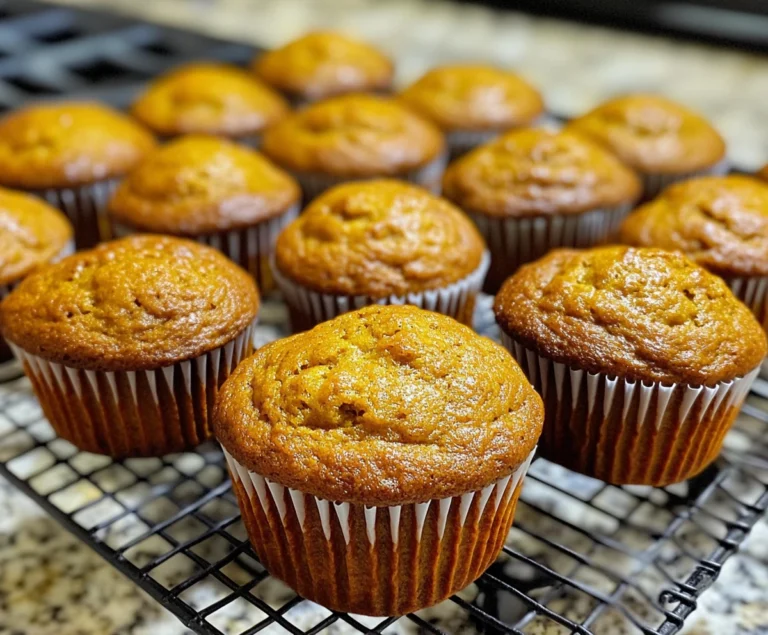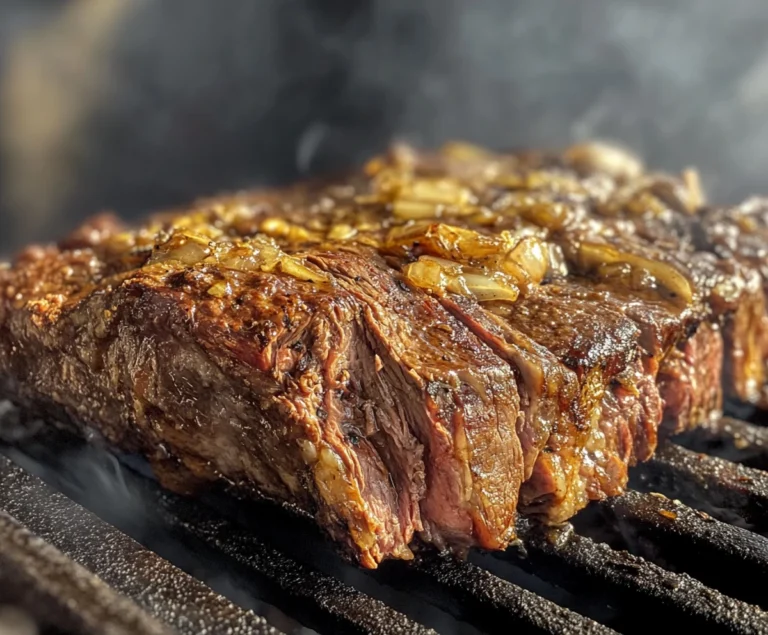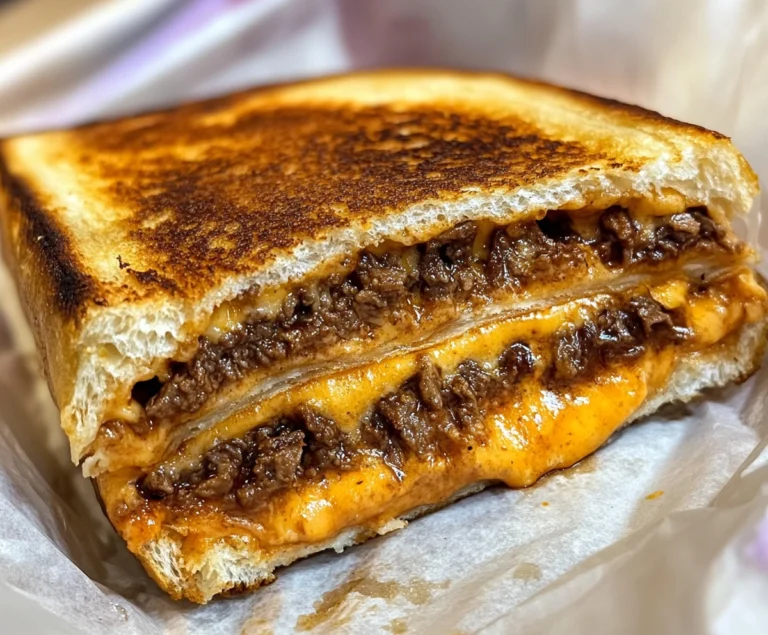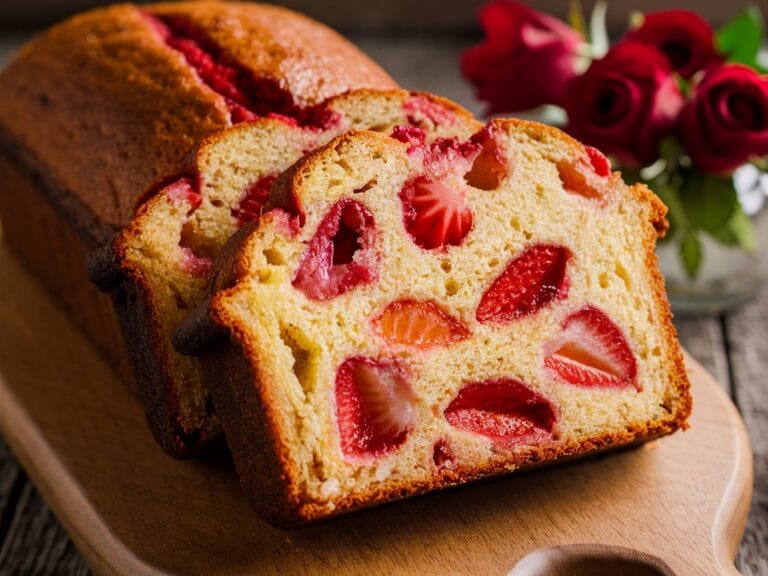What is Parmesan Garlic Sauce Made Of?
What is Parmesan Garlic Sauce Made Of?
Parmesan garlic sauce is a simple yet flavorful sauce that can transform any dish into a creamy, savory masterpiece. Combining garlic, Parmesan cheese, butter, and cream, this sauce delivers a rich and indulgent experience. Perfect for coating crispy wings, drizzling over pizza, or simply used as a dipping sauce, it’s sure to become a staple in your kitchen.
Though it is a simple sauce, its versatility and flavor complexity come from a perfect blend of high-quality ingredients and careful preparation. The secret lies in understanding the balance of its main ingredients and knowing how to enhance or modify the recipe to suit your personal tastes or dietary preferences.
This comprehensive guide will explore the ingredients of Parmesan garlic sauce, how to make it step-by-step, the best ways to use it, and much more.
Key Ingredients in Parmesan Garlic Sauce
When making Parmesan garlic sauce, it’s crucial to use the best ingredients to achieve the best flavor and texture. Each ingredient has a specific role in ensuring the sauce’s creamy consistency and rich, savory taste. Here’s a breakdown of the essential ingredients:
1. Butter
Butter is the base of many creamy sauces, and Parmesan garlic sauce is no exception. adds richness, creaminess, and depth to the sauce. It also helps to emulsify the other ingredients, ensuring the sauce has a smooth and luxurious texture.
- Why butter is important: Butter gives the sauce its rich foundation, complementing the garlic and Parmesan flavors. If you want to lighten the sauce, you could substitute olive oil or margarine, but the flavor will be different.
- Types of butter: Use unsalted butter to control the saltiness of the sauce. If using salted butter, be mindful of the amount of salt you add later.
2. Garlic
Fresh garlic is the star of the sauce, bringing pungent, aromatic flavor that enhances the richness of the Parmesan. Garlic can be used in many forms (fresh, roasted, or jarred), but fresh garlic tends to deliver the most robust flavor.
- Garlic’s role in the sauce: It gives the sauce its distinctive, bold taste. Freshly minced garlic is preferred over jarred garlic, which may lose some of its sharpness and intensity.
- Variations: For a milder flavor, you can roast the garlic before adding it to the sauce. Roasted garlic becomes sweeter and less pungent, balancing the strong flavors of Parmesan and butter.
3. Parmesan Cheese
The Parmesan cheese is the core of this sauce, delivering a nutty, salty, and rich taste. Using freshly grated Parmesan (not the powdered version) will yield the best results. Freshly grated Parmesan melts smoothly into the sauce, ensuring a creamy texture.
- Choosing the right Parmesan: Opt for a high-quality, aged Parmesan cheese. Pre-grated Parmesan from a can contains anti-caking agents that may affect the sauce’s texture. To get the best flavor and meltability, freshly grate your Parmesan cheese.
- Substitutes: Pecorino Romano or Grana Padano can be used as substitutes for Parmesan, though they have slightly different flavors. Pecorino is saltier, while Grana Padano is milder.
For more detailed tips on choosing high-quality Parmesan, check out this guide.
4. Heavy Cream
Heavy cream is what makes the sauce indulgent and silky smooth. The high-fat content in heavy cream gives the sauce body and allows it to coat pasta, wings, or vegetables evenly.
- Using heavy cream: Its richness ensures the sauce has a thick, creamy consistency that doesn’t separate when heated.
- Healthier substitutes: For a lighter version of the sauce, you can use half-and-half or whole milk. However, using milk will result in a thinner sauce that may not have the same luxurious texture.
5. Chicken or Vegetable Broth
The addition of broth thins out the sauce to the right consistency and adds another layer of flavor. Chicken broth is commonly used, but for a vegetarian option, you can use vegetable broth.
- Why broth is added: It helps to balance the heaviness of the cream and butter while adding flavor. The broth also prevents the sauce from becoming overly thick and heavy.
- Variations: Vegetable broth is a great substitute if you’re making a vegetarian version. You can also use low-sodium broth to control the salt content.
6. Italian Seasoning
To add complexity to the sauce, many recipes call for a blend of Italian herbs like oregano, basil, and thyme. These herbs work well with the flavors of garlic and Parmesan, bringing depth and freshness to the sauce.
- Using Italian seasoning: You can use dried Italian seasoning or fresh herbs, depending on what’s available. Fresh herbs will give a more vibrant flavor, while dried herbs offer a more concentrated taste.
- Fresh vs. dried herbs: If using fresh herbs, you may need to add a larger quantity than dried herbs, as dried herbs have a more intense flavor.
7. Flour
Flour is used to create a roux, which thickens the sauce. A roux is made by cooking equal parts butter and flour, and it forms the base for many creamy sauces, ensuring they have the right texture and thickness.
- Why flour is used: Flour binds the butter and cream, preventing the sauce from becoming too watery. It ensures the sauce clings to pasta or other ingredients without becoming runny.
- Alternatives to flour: Cornstarch or arrowroot powder can be used as gluten-free alternatives to flour. Mix these with a little cold water before adding them to the sauce to prevent clumping.
How to Make Parmesan Garlic Sauce: A Step-by-Step Guide
Making Parmesan garlic sauce at home is simple, and the results are well worth the effort. This step-by-step guide will walk you through the process, ensuring you achieve a perfectly creamy, flavorful sauce every time.
Ingredients:
- ¼ cup unsalted butter
- 3 cloves garlic, minced
- ¼ cup all-purpose flour
- 1 ½ cups chicken broth (or vegetable broth for a vegetarian option)
- ¾ cup heavy cream
- 1 cup freshly grated Parmesan cheese
- 1 teaspoon Italian seasoning
- Salt and pepper to taste
Instructions:
- Melt the Butter
In a medium saucepan, melt ¼ cup of butter over medium heat. The butter will form the base of your sauce, adding richness and a smooth texture. - Sauté the Garlic
Add 3 cloves of minced garlic to the melted butter. Cook for 1-2 minutes, stirring frequently, until the garlic becomes fragrant. Be careful not to burn the garlic, as it can develop a bitter taste. - Make the Roux
Whisk in ¼ cup of flour to the butter and garlic mixture. Cook the roux for 1-2 minutes, whisking constantly to prevent lumps. This will thicken the sauce and give it a smooth consistency. - Add the Broth
Gradually pour in 1 ½ cups of chicken broth (or vegetable broth), whisking continuously to incorporate the flour mixture. Bring the sauce to a simmer, allowing it to thicken slightly for about 3 minutes. - Stir in the Cream and Parmesan
Reduce the heat to low and stir in ¾ cup of heavy cream and 1 cup of freshly grated Parmesan cheese. Continue stirring until the cheese melts and the sauce becomes smooth and creamy. If the sauce is too thick, you can add more broth or cream to thin it out. - Season and Adjust Consistency
Add 1 teaspoon of Italian seasoning and season with salt and pepper to taste. Allow the sauce to simmer for a few minutes to let the flavors meld. If the sauce is too thick, add more broth or cream; if it’s too thin, let it simmer longer until it reaches the desired consistency. - Serve
Your Parmesan garlic sauce is now ready to use! It can be served immediately over pasta, chicken, or as a dipping sauce.
Creative Ways to Use Parmesan Garlic Sauce
Parmesan garlic sauce is incredibly versatile and can be used in a variety of dishes, from classic pasta to inventive twists on comfort foods. Here are some creative ways to use this delicious sauce:
1. Pasta Sauce
This sauce pairs perfectly with almost any pasta. Whether you’re making fettuccine, ravioli, or spaghetti, Parmesan garlic sauce turns your pasta into a rich, satisfying meal. For a restaurant-style dish, toss the sauce with fettuccine and grilled chicken, or use it with spinach and ricotta ravioli.
2. Chicken Wings
If you’re a fan of Buffalo wings, you’ll love Parmesan garlic wings. Toss crispy fried or baked chicken wings in this sauce for a garlicky, cheesy coating that’s sure to be a hit. It’s a great alternative to traditional hot wing sauces, providing a creamy and flavorful twist.
For a great recipe using Parmesan garlic sauce in a chicken dish, try this Garlic Parmesan Chicken Pasta recipe. It combines tender chicken, creamy sauce, and pasta for a delicious, comforting meal.
3. Pizza Sauce
Swap out marinara sauce for Parmesan garlic sauce on your next pizza for a deliciously creamy alternative. It works particularly well on white pizzas with toppings like chicken, spinach, and mushrooms. The richness of the sauce adds a new dimension of flavor that pairs beautifully with mozzarella and other cheeses.
4. Dipping Sauce
Use the sauce as a dip for breadsticks, garlic bread, or vegetables. It’s also excellent as a dip for fried appetizers like mozzarella sticks, chicken tenders, or onion rings. The creamy, garlicky sauce is an indulgent way to elevate any snack.
5. Drizzle Over Vegetables or Potatoes
Roasted vegetables like broccoli, cauliflower, or Brussels sprouts can be taken to the next level with a drizzle of Parmesan garlic sauce. It’s also perfect over baked or mashed potatoes, adding richness and flavor to these side dishes.
6. Casserole Base
Use this sauce as the base for casseroles, especially ones with pasta, chicken, or vegetables. It adds depth and creaminess to baked dishes, turning them into comfort food classics.
Storing and Reheating Parmesan Garlic Sauce
Once you’ve made your sauce, it’s easy to store and reheat for later use. Here’s how to ensure your sauce stays fresh and reheats without losing its creamy consistency:
1. Refrigeration
Store leftover Parmesan garlic sauce in an airtight container in the refrigerator for up to 5 days. Be aware that the sauce will thicken as it cools. When reheating, you may need to add a splash of cream or broth to restore its smooth consistency.
2. Freezing
You can freeze the sauce for up to 2 months. Be sure to store it in a freezer-safe container with a bit of room at the top, as the sauce may expand when frozen. Thaw the sauce in the refrigerator overnight before reheating.
3. Reheating
When reheating the sauce, it’s best to do so on the stovetop over low heat. Stir the sauce frequently to prevent it from separating. If the sauce becomes too thick, add a little more cream or broth to thin it out. Avoid reheating in the microwave, as it can cause the sauce to become oily and separate.
For more detailed instructions on how to reheat creamy sauces without them breaking, check out this guide.
FAQs About Parmesan Garlic Sauce
Can I make Parmesan garlic sauce without heavy cream?
Yes, you can substitute the heavy cream with half-and-half or whole milk for a lighter version of the sauce. However, keep in mind that the sauce will be less thick and rich if you use milk.
How can I thicken Parmesan garlic sauce?
If your sauce is too thin, let it simmer for a few extra minutes to thicken. You can also add more Parmesan cheese, which will help the sauce thicken as it melts. If you prefer, you can whisk in a small amount of flour or cornstarch to achieve your desired consistency.
Can I freeze Parmesan garlic sauce?
Absolutely. Parmesan garlic sauce freezes well for up to 2 months. When freezing, be sure to store the sauce in an airtight, freezer-safe container. Thaw it in the fridge before reheating, and reheat it on the stovetop to avoid separation.
Should I use freshly grated Parmesan for this sauce?
For the best flavor and texture, always use freshly grated Parmesan cheese. Pre-grated Parmesan often contains anti-caking agents that prevent it from melting smoothly into the sauce, affecting both texture and taste.
What dishes pair best with Parmesan garlic sauce?
The sauce is incredibly versatile and pairs well with pasta, chicken wings, pizza, and vegetables. It also works as a dipping sauce for breadsticks or as a drizzle over roasted vegetables and baked potatoes.
Conclusion
Parmesan garlic sauce is a simple yet flavorful sauce that can transform any dish into a creamy, savory masterpiece. With its combination of garlic, Parmesan cheese, butter, and cream, this sauce is a rich and indulgent addition to everything from pasta to chicken wings.
Whether you’re using it to coat crispy wings, as a pizza topping, or simply dipping bread into it, this sauce is sure to become a staple in your kitchen. The best part? It’s easy to make at home with just a few ingredients and can be customized to suit your taste.
For more ideas on incorporating this sauce into your meals, check out the Garlic Parmesan Chicken Pasta recipe, or try other recipes like Primavera Sauce to explore different flavor profiles in your cooking. Enjoy!


